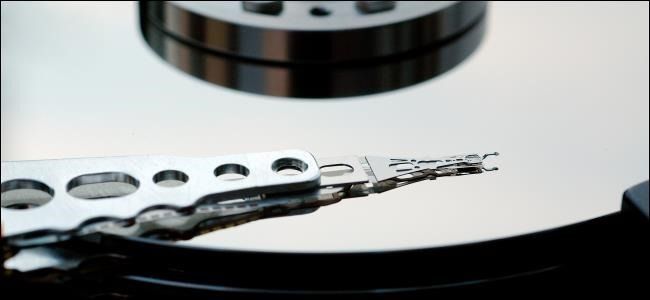Hi there,
I have a laptop with windows 8.1 on it, and I recently decided to install Kubuntu 20.04.3 as a dual-boot, in two seperate partitions on the same hard drive.
I created the new partition through the Kubuntu installer. There were no errors during the installation process.
Ever since installing it, I'm unable to boot to either Windows or Kubuntu.
The grub boot loader loads up fine. If I pick Kubuntu, it goes to the black screen with flashing blue "Kubuntu", but it just hangs there on a loop, never booting
to Kubuntu, and it doesn't give any errors. If I pick windows 8.1, it goes to the black screen with the windows 8 logo and rotating loading circle, but it also
stays there on a loop, never booting to Windows but shows no errors messages ?
I have a laptop with windows 8.1 on it, and I recently decided to install Kubuntu 20.04.3 as a dual-boot, in two seperate partitions on the same hard drive.
I created the new partition through the Kubuntu installer. There were no errors during the installation process.
Ever since installing it, I'm unable to boot to either Windows or Kubuntu.
The grub boot loader loads up fine. If I pick Kubuntu, it goes to the black screen with flashing blue "Kubuntu", but it just hangs there on a loop, never booting
to Kubuntu, and it doesn't give any errors. If I pick windows 8.1, it goes to the black screen with the windows 8 logo and rotating loading circle, but it also
stays there on a loop, never booting to Windows but shows no errors messages ?


